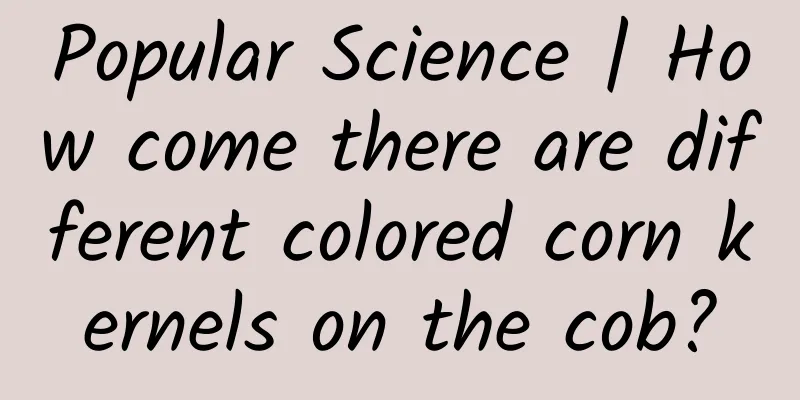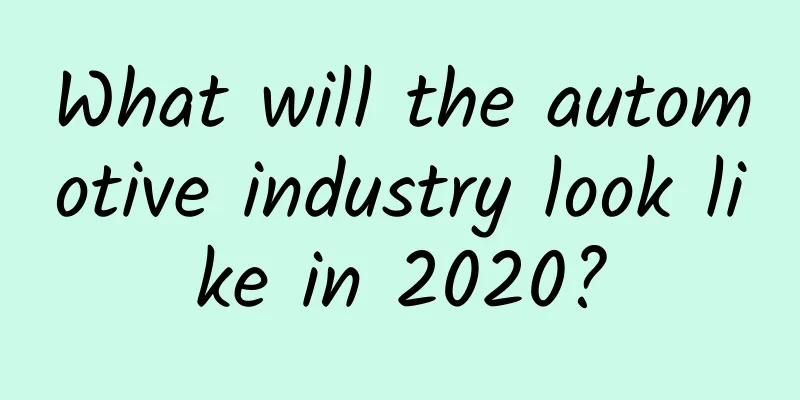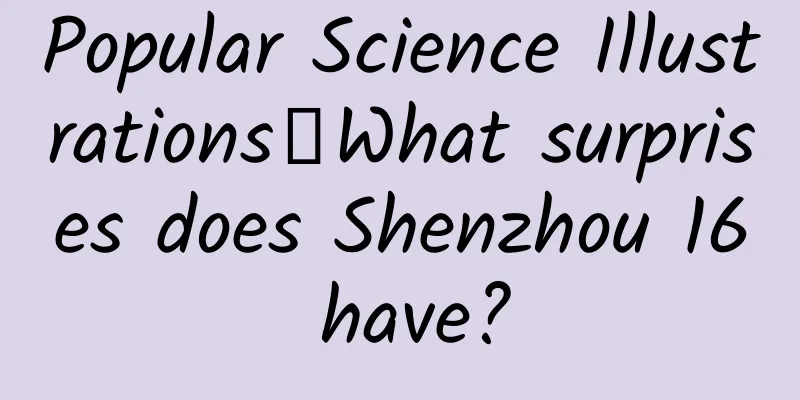Popular Science | How come there are different colored corn kernels on the cob?

|
Have you noticed that most corn cobs sold in the market have the same color, but some have kernels of different colors, sometimes even several colors. Why is that? We know that corn is an angiosperm, a typical cross-pollination crop. Corn is monoecious, and although its flowers are not very beautiful, they are very important and are an important organ for their reproduction. The tassel is at the top of the plant. When the corn blooms, the stamens will bloom (shed pollen) slightly earlier than the pistils will bloom (pull out filaments). The male tassel can produce more than 20 million pollen grains during the 5 to 8 days of flowering. Corn pollen is very small and light. With a slight breeze, the mature pollen will fall in a cone-shaped area of tens of square meters around the plant, pollinating the pistils on the same plant or other surrounding plants. If there is a strong wind, the pollen can spread as far as 300 meters or even farther. The female ear of corn usually grows about 6 to 7 nodes below the upper part of the plant, separated from the stamens. In order to continue its life, it must capture the pollen dropped by the stamens during the 10 days or so of flowering. To achieve this, it has come up with many ways: first, its style is much longer than those of ordinary flowers, which can stretch to 20 to 30 centimeters or even longer, and looks like a "beard", so the flowering of the female spike is also called silking; second, many fine forks grow on the style; third, some mucus is secreted on the surface of the style. In this way, most of these hundreds of "beards" can catch pollen. Half an hour after the pollen sticks to the stigma, it begins to germinate. It stretches out the pollen tube and drills into the inside of the stigma. At this time, the reproductive cells in the pollen will split and form two sperms, which move along the pollen tube and move toward the ovary in this thin "beard". After 21 to 24 hours, they reach the embryo sac in the ovary. The mature embryo sac contains one egg cell and two polar nuclei. When a sperm with a color gene combines with one of the egg cells to form a fertilized egg, it will develop into an embryo. It is the beginning of the next generation of life; it also determines the color of the corn kernels that will grow in the future. Another sperm combines with two polar nuclei to form a fertilized polar nucleus, which will develop into endosperm, which accounts for more than 75% of the total weight of the seed. It stores nutrients and can provide nutrition for the germination of seeds in the future. Each "whisker" is connected to an ovary, and when all hundreds of ovaries are fertilized and developed, they form a complete corn cob. But sometimes, when the stamens bloom, the wind is strong and the pollen will be blown to corn plants that are farther away, pollinating the pistils there; while the pollen that pollinates the pistils of one's own plant may be the pollen blown from the stamens of other plants. For example, if the gene of this corn determines that the kernel color is yellow, and the gene carried by the corn pollen that blows in determines that the kernel color is purple, black or red, then the corn cobs that grow out will be colorful. The effect of the pollen changing the color and other traits is called the "xenic effect." This is essentially the natural hybridization of corn. Natural hybridization is not a bad thing, because pollen from different plants has large genetic differences, and the offspring developed after fertilization often have stronger vitality and adaptability. We know that corn originated in Mexico, but the earliest corn looked like this. If it hadn't gone through more than 5,000 years of natural hybridization, survival of the fittest, and people's purposeful hybridization and breeding, how could it have become what it is today? Once we understand this, we realize that if there are several different colored corn kernels on a corn cob, then at least several types of pollen from corn plants of other colors have pollinated this corn plant. Director: Mao Zhiming Videographer: Li Jinshan Post-production: Mao Yuting Voiced by: Sun Bin Advisor: Xie Chuanxiao Coordinator: Xu Qin Producer: Cheng Weihong |
<<: What magical data are there on Double 11 this year?
>>: “Sea Wolf crashed into the mountain”, is it really because the active sonar was not turned on?
Recommend
How much does it cost to join a jewelry mini program in Nanjing?
For entrepreneurs, although mini program developm...
How much does it cost to join a nutritional supplement mini program in Xinyang?
For entrepreneurs, although mini program developm...
A comprehensive summary of promotion channels in 2019!
With the rapid rise of the Internet, there are to...
[Smart Farmers] Don’t worry, foodies! This “exotic fish” can survive in saline-alkali land
Editor’s Note: Protecting biodiversity and ensuri...
Electric Technology Car News: Can the reborn Changan Lingxuan, with a more textured exterior and interior, gain a foothold in the MPV field?
With the change in domestic family travel methods...
Speedcheck: 35.2% of Americans say their devices don't support 5G
Although US telecom companies have been aggressiv...
Amazon launches new Fire TV to compete with Apple in the living room
According to foreign media reports, Amazon launch...
User growth methodology!
According to the 2019Q1 Mobile Internet Ecosystem...
God opened a window for you, but you installed iron bars!
Source: Jiangxi Fire Department Ministry of Emerg...
A Short History of Chinese Rock
Course Catalog 00 Extra chapter of the publicatio...
Advertising with high conversion rates all have these characteristics!
Five years ago, a trend emerged - traditional ent...
WeChat has launched a new feature that can make your photos move
Recently, WeChat has quietly upgraded its "S...
You must pay attention to these issues when upgrading to Windows 10
Microsoft's Windows 10 operating system will ...
Marketing promotion: How to do content marketing well?
Speaking of content marketing , everyone must be ...









